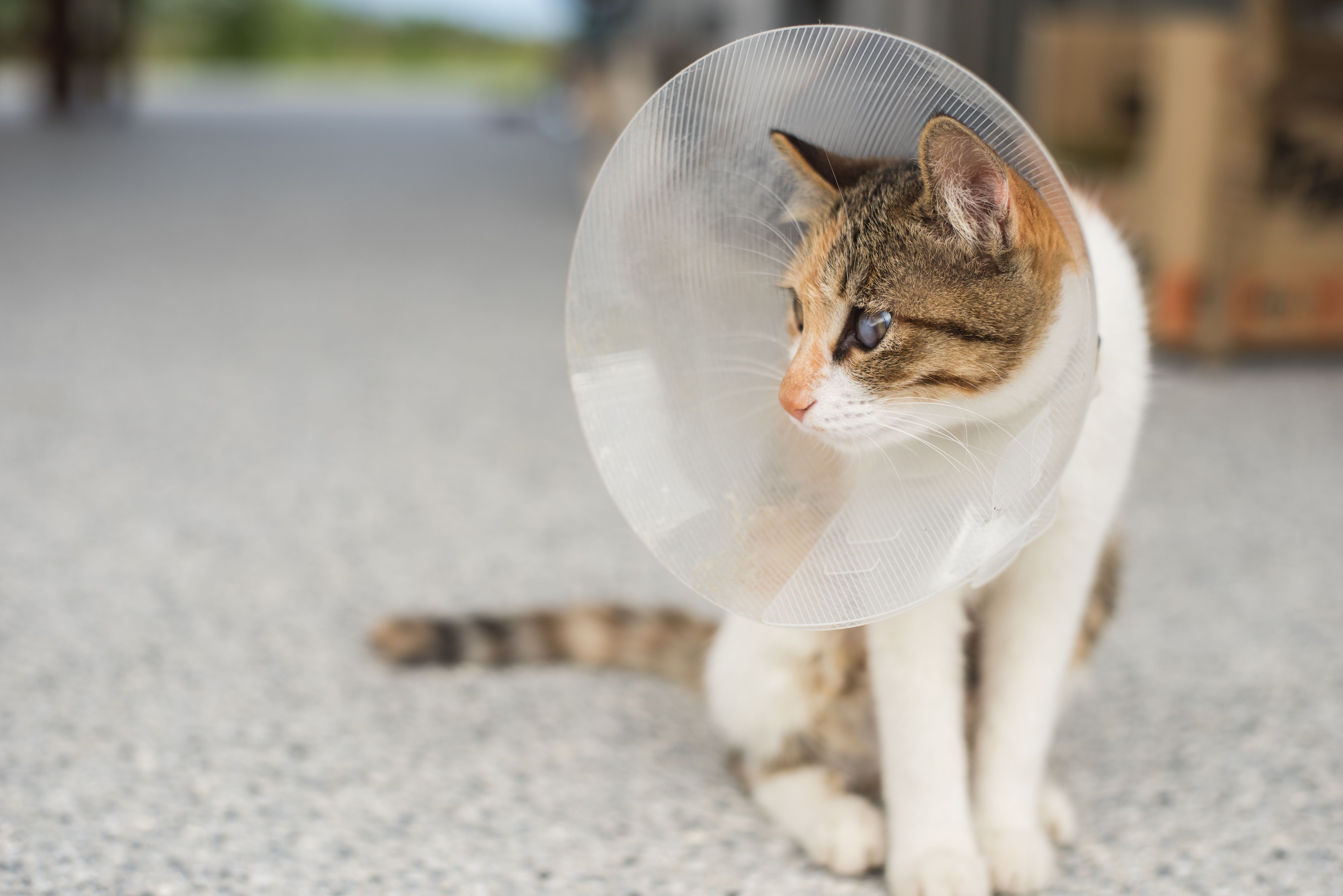
Feline Medicine
Latest News
Latest Videos

More News

The first drug for the control of nonregenerative anemia associated with chronic kidney disease in cats

The NexGard COMBO topical solution from Boehringer Ingelheim helps prevent tapeworms and other intestinal parasites as well as fleas, ticks, and heartworms.

AAFP and Merck Animal Health team up to award 3 outstanding students

Bimasone Injectable Solution is a corticosteroid drug that contains flumethasone in the same concentration and dosage form as Flucort.

The program consolidates all the feline expertise at North Carolina State College of Veterinary Medicine under a single umbrella.

The conference will be 3 days of presentations from veterinary professionals and students

In an interview at Fetch Charlotte, Stuart Walton, BVSc (Hons), BSCAgr (Hons), explains how any disease that causes appetite loss can cause lipidosis
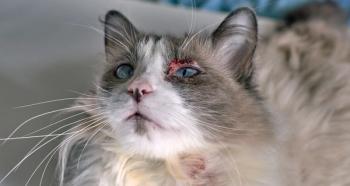
Modulis for Cats by Provetica contains the same active ingredient in the same concentration and dosage form as the Atopica for Cats brand product.

Elizabeth Colleran, DVM, DABVP (Feline), explained how to help patients, staff, and clients understand and recognize signs of pain in cats at the 2023 Fetch dvm360 Conference in Charlotte, North Carolina

Feline expert sat down with dvm360® to discuss her career and what to expect during keynote address
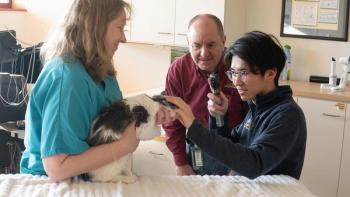
Study shows a complex, but treatable disease with 40 patients

Assessing pain, maintaining oral health, and monitoring blood work may lead to improved quality of life

Funded by Blue Buffalo and Pet Valu, researchers with the Morris Animal Foundation will investigate squamous cell carcinoma in cats

Various approaches to tackle this painful condition in cat patients

Veterinary medicine is moving toward a proactive approach
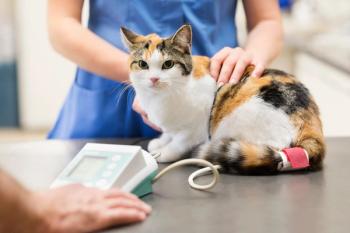
A quick primer on diagnosing hypertension in cats

Highlighting 3 articles on different areas of feline medicine
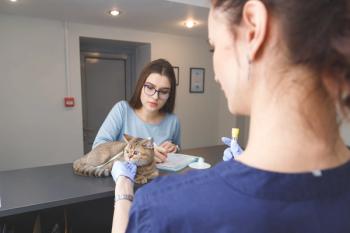
An expert shares best practices for diagnosing and managing this increasingly prevalent disease

The deadline for submissions is March 31, 2023.

When environmental modification fails to mute stress-related responses, pharmaceuticals can provide much-needed relief
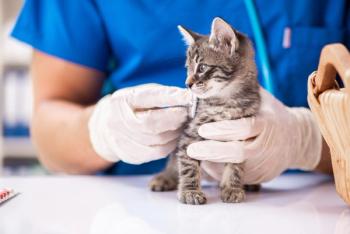
The foundation will fund studies focusing on issues such as cancer and feline infectious peritonitis

We have compiled a countdown of our top 5 podcast episodes in 2022, here is number 4

We have compiled a countdown of our top 20 articles in 2022, here is number 4

We have compiled a countdown of our top 20 articles in 2022, here is number 8

One clinician’s approach to persuading clients to be proactive with preventive diagnostics



